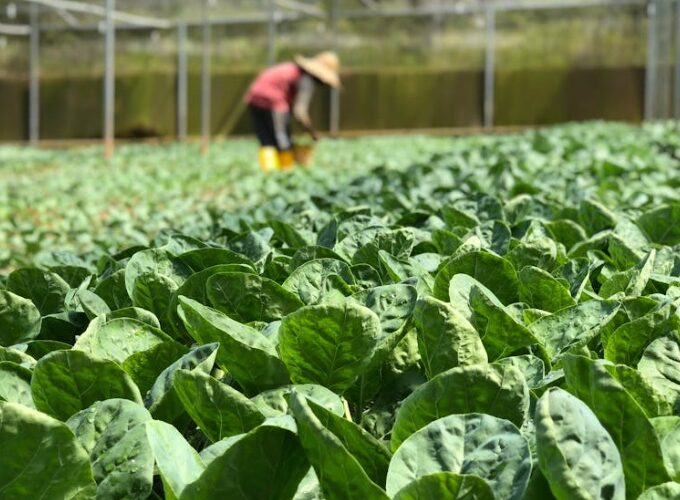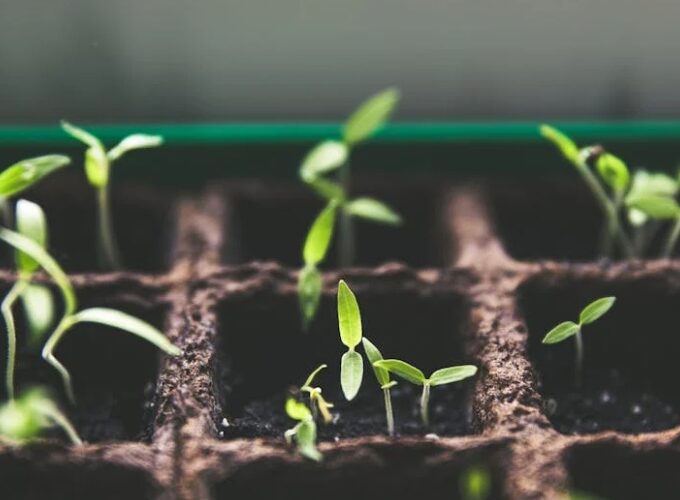Bulk grain shippers transporting crops from US Gulf Coast export centers to Asia are sailing longer routes and paying higher freight rates to avoid ship congestion in the drought-hit Panama Canal, as well as paying record canal transit fees, traders and analysts said.
Shipping on one of the world’s major maritime trade routes is in disarray during the current peak season for U.S. crop exports, and rising costs could weaken demand for supplies of U.S. corn and soybeans, for which the U.S. has lost market share to Brazil in recent years. The following is a detailed report on the news.
Grain ships have to wait up to three weeks to pass through the canal as container ships and other regularly sailing vessels are seizing the few available transit slots. Analysts say the restrictions could continue to hamper grain shipments until spring 2024 when the rainy season could begin to refill reservoirs and normalize shipments in April or May. The impact on shipping costs and delays is many, says Jay O’Neill, head of HJ O’Neill Commodity Consulting, who has been in the global shipping monitoring business for 50 years, and this year is unlike anything he has seen before any disruption.
The Panama Canal Authority is restricting ship transits this autumn because a severe drought has limited the supply of water needed to run its lock system. The Authority is currently allowing only 22 transits per day, down from about 35 under normal conditions. By February, the number of transits will be further reduced to 18 per day. Grain ships are usually at the back of the long queue, as they usually seek transit slots only a few days before arrival, while other vessels, such as cruise ships and container ships, book months in advance.
O’Neill said the Authority also started by offering rarely available slots to its top customers, none of whom are bulk grain transporters. Any available booking slots are auctioned off, but demand has been unusually high, resulting in some slots already priced at $1 million or more, which is unaffordable for the traditionally thin grain trading business. Mark Thompson, senior trader at Oran Agri, said the grain trading and bulk shipping sectors would be the last customers to pass through the Panama Canal. Waiting times for bulk grain vessels spiked from about five to seven days in October to about 20 days by the end of November, prompting more grain carriers to change their routes, which include sailing south around South America or Africa, or through the Suez Canal, O’Neill said. But these longer routes could add up to two weeks to transit times, increasing the cost of fuel, crew, and freight chartering.
The Baltic Dry Bulk Freight Index considered the benchmark index for bulk grain shipments, surged to a 1-1/2-year high on 4 December, more than double the rate from a month earlier. While grain prices have retreated from their 2020 peak, higher freight rates will be passed on to grain and oilseed importers who buy food and feed. Dan Bass, president of Chicago Agri-Resources, said commercial companies have been looking for a solution to the problem. There’s no doubt that end users will spend more money.
The USDA report shows that in the second half of October, only five U.S. grain ships traveling to East Asia passed through the Panama Canal from the Gulf, while 33 traveling east were diverted to the Suez Canal. During the same period last year, 34 ships used the Panama Canal, while only seven used the Suez Canal. Some U.S. exporters have also rerouted crops from Pacific Northwest ports to Asia. But that also comes with higher costs, as those facilities purchase grain primarily by rail, rather than shipping cheaper cargoes by barge to supply Gulf Coast exporters.
USDA weekly export inspection data showed that only 56.8 percent of total US corn exports were shipped from US Gulf Coast ports in October this year, down from 64.9 percent in October 2022 and 72.1 percent in October 2021.













Leave a comment